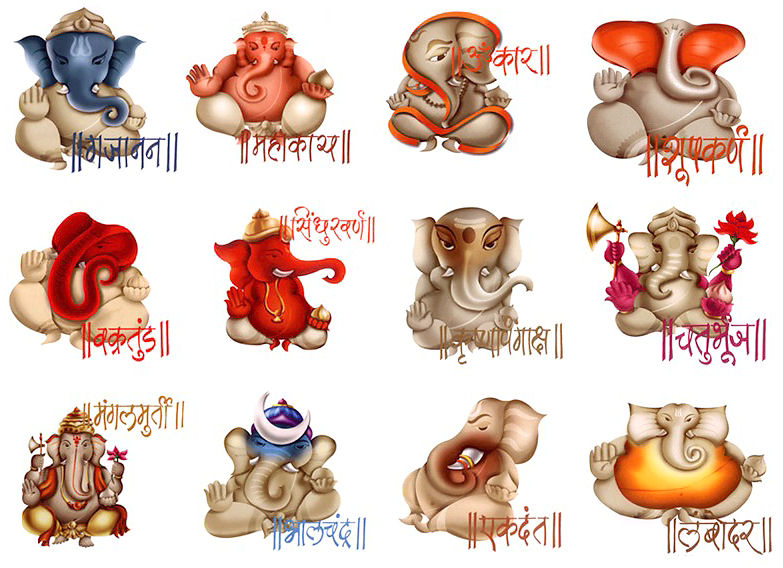in South India:-
In the South Indian states of Tamil Nadu, Karnataka and Andhra Pradesh, the festival of Navratri is celebrated in a different manner. Women adorn their houses with dolls (Bommai Kolu), draw traditional designs or rangolis (patterns made on the floor by using various coloured powders and flowers), and light lamps. During this festival (also known as Kolu in the state of Tamil Nadu), families proudly display traditional wooden dolls and gather to sing songs and depict scenes from the various epics, for a period of ten days. Another runaway hit is the sundal, a special sweet made from lentil and brown sugar. Families and friends exchange the traditional gifts of coconuts, clothes and sweets on this occasion.
Kerala;- celebrates the ten day Navaratri with musical & dance programs and events , Vijayadashami- Vidyarambham -(Ezhuthinu Eiruthal) (a foot step of an official learning of knowledge & alphabets) & conducting Navaratri Sangeetholtsavam,
Mysore, the city of palaces in Karnataka celebrates the ten day Dussehra(Vijaya Dashami) in a royal style. The Mysore Palace is illuminated with a myriad lights. Majestic processions, a torch light parade and dance and musical events enliven the tranquil city.,
In North India:-
In the state of Punjab, people usually fast during this period, for seven days, and on Ashtami, the eighth day, devotees break their fast by worshipping young girls who are supposed to be representatives of the Goddess herself by offering them the traditional puris (sort of deep-fried Indian bread), halwa (a dessert primarily made of flour and sugar), chanas (Bengal gram) and red chunnis (long scarves). In this region, the festival is predominantly linked with harvest. This is the time of the khetri, (wheat grown in pots in the urban context) that is worshipped in homes, and whose seedlings are given to devotees as blessings from God.
In West Bengal, it takes the form of Durga Puja, an occasion to celebrate the Triumph of Good over Evil. According to legend, a vicious buffalo-demon, Mahishasura, had raised hell at the gates of heaven, causing widespread terror. The Goddess Durga was actualised by the combined efforts of all the deities to slay him. Thus, Durga astride a lion, with an assortment of weapons in her 10 hands, slayed Mahishasura. Durga is also worshipped as Shakti, and beautiful idols of the Mother Goddess adorn elaborate pandals (marquees) for five days (starting from the fifth day of Navratri). Believers (and non-believers) flock to these pandals with gay abandon. On the tenth day of the celebrations, the idols are carried out in colourful processions to be immersed (visarjan) in a river or a pond.
Gujarat, the exuberant Navaratri celebrations include dancing the lively 'garba' and 'dandiya ras' dances.
Himachal Pradesh, a week -long fair in the hill town of Kullu, is a part of the Dussehra celebrations. From the little temples in the hills , deities are brought in procession to the 'maidan' in Kullu, to pay homage to the reigning deity, Raghunathji.
















